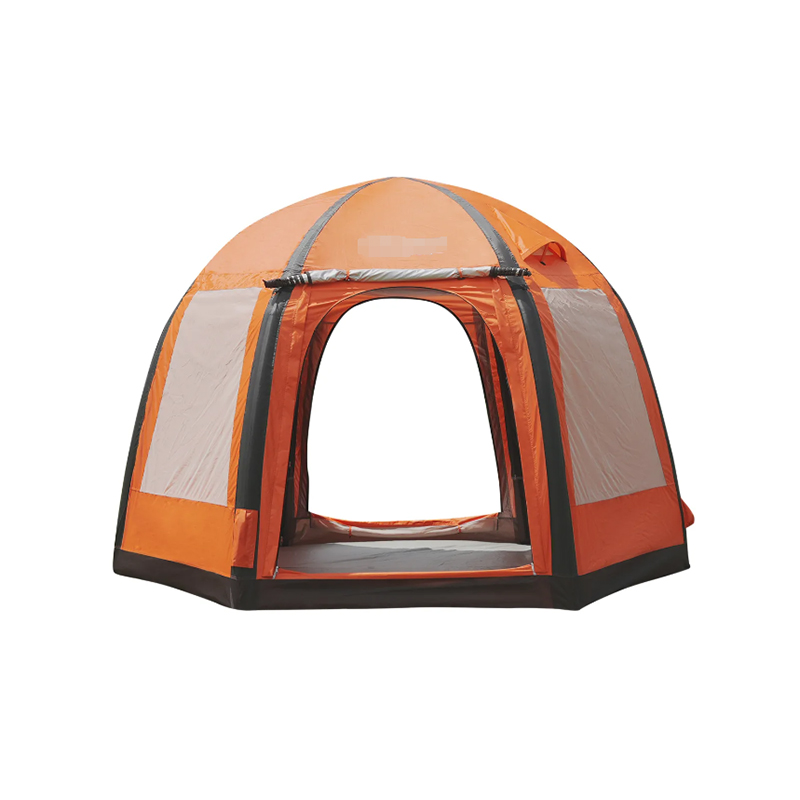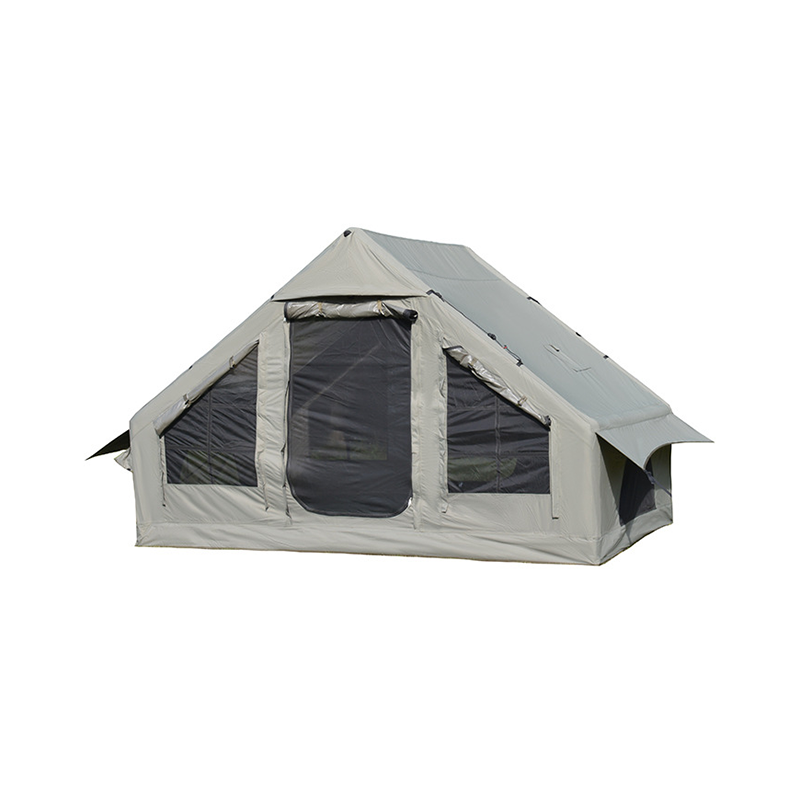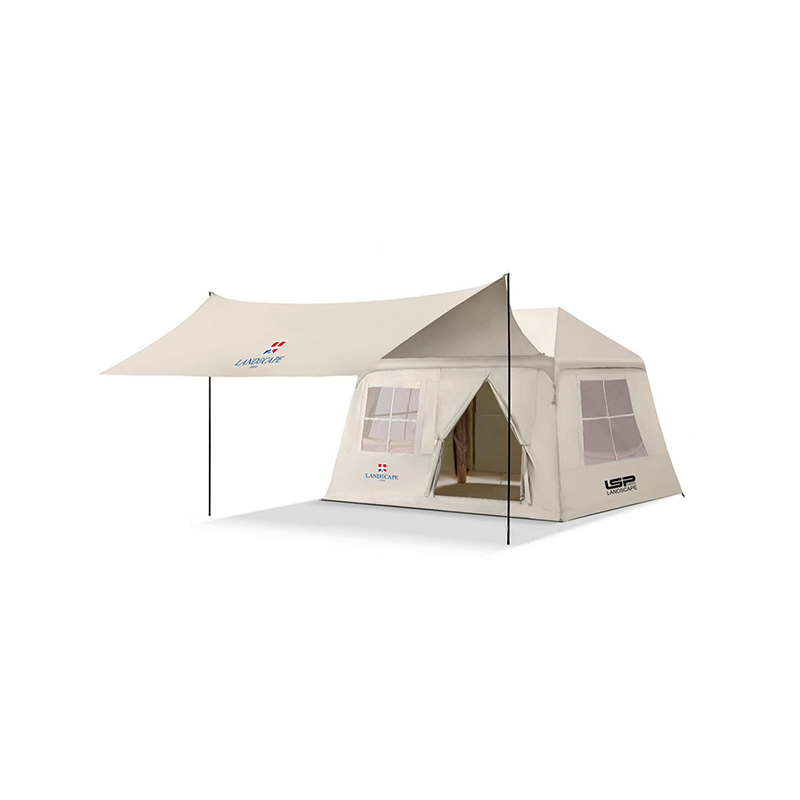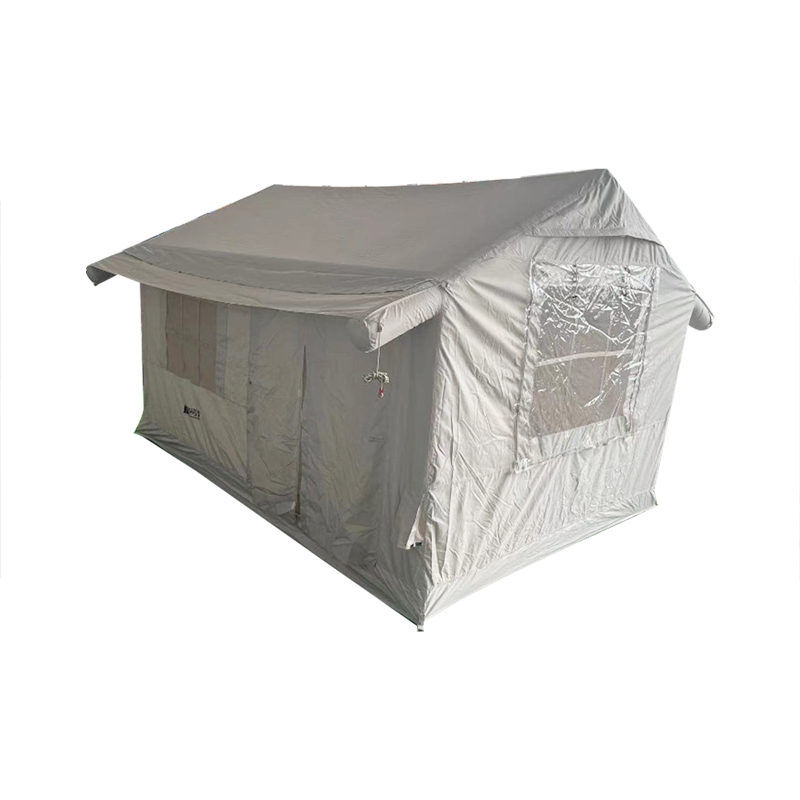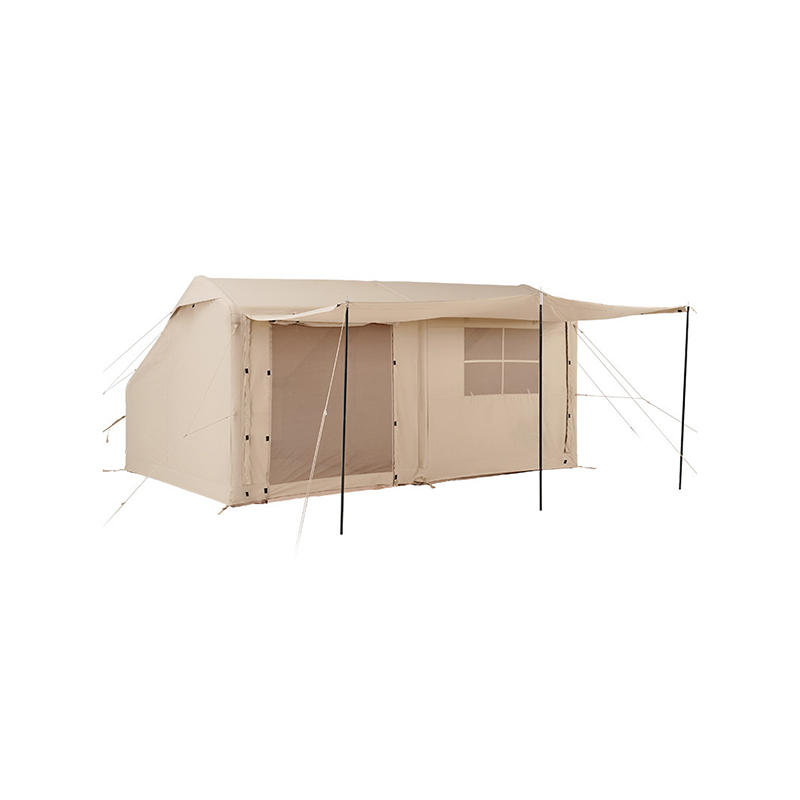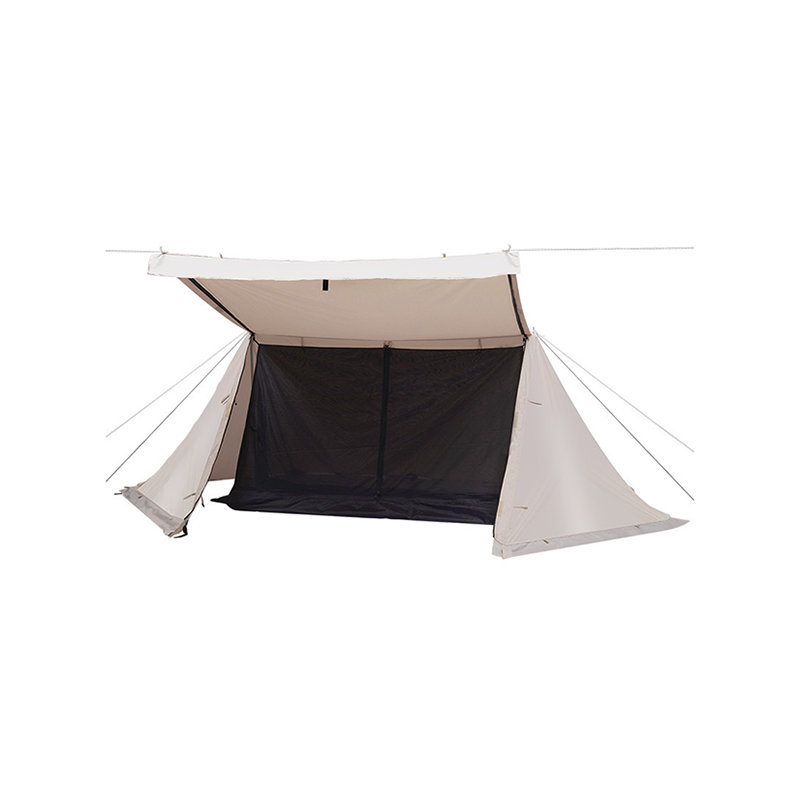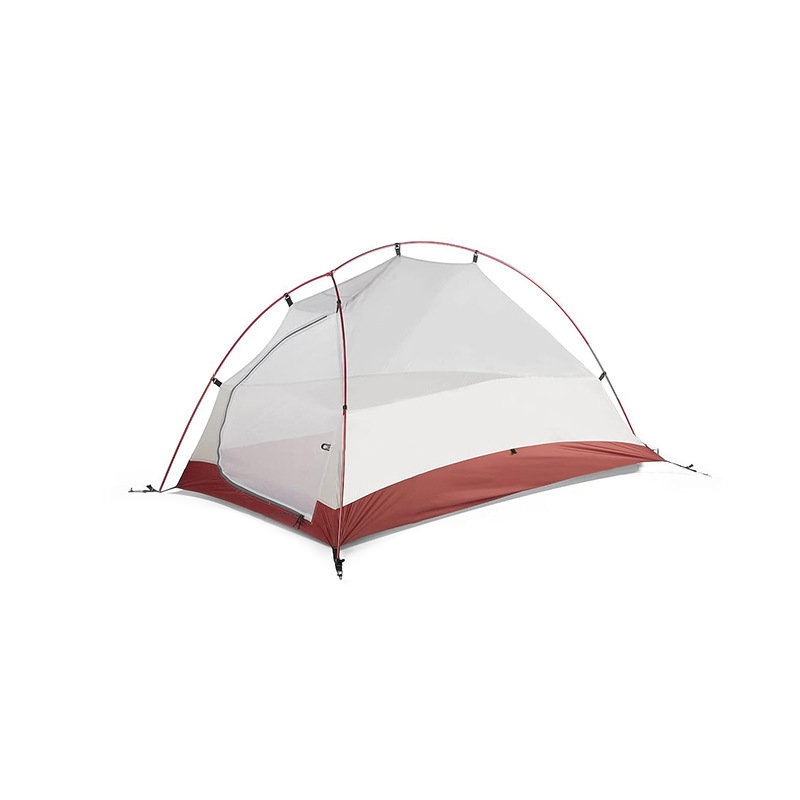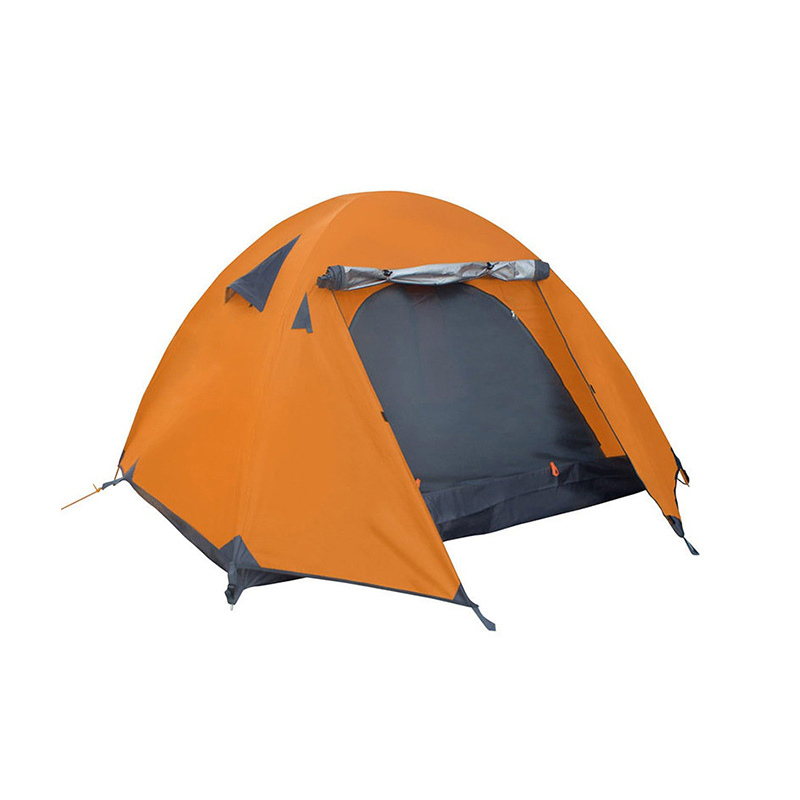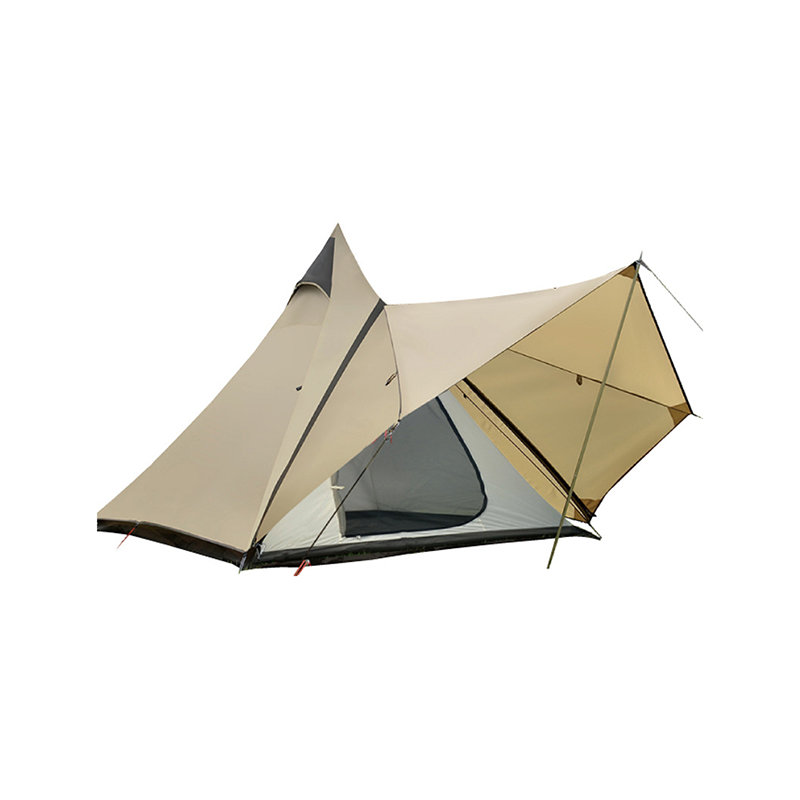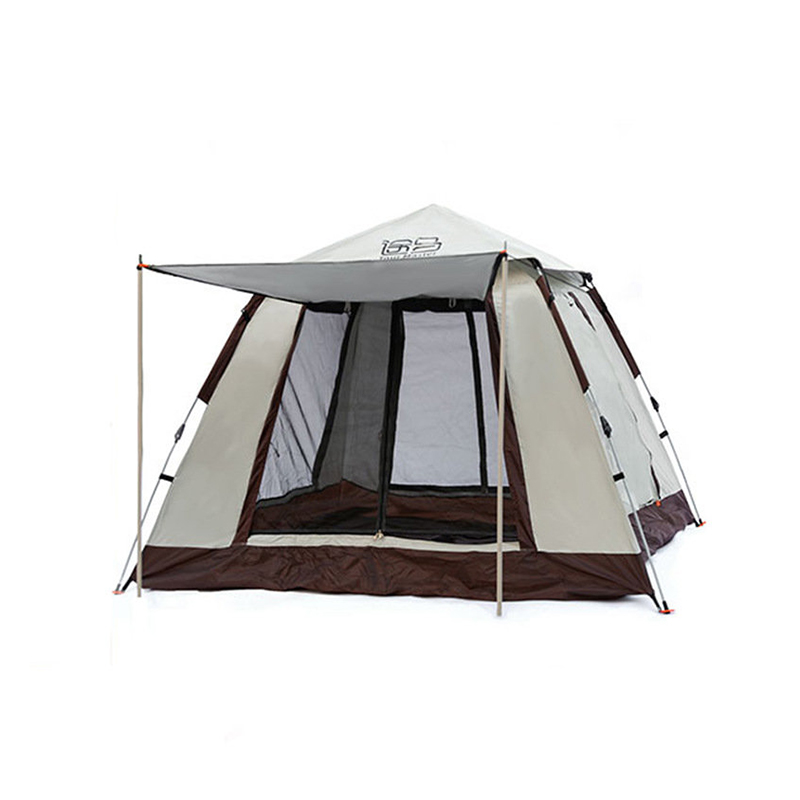The fabric selection of ice fishing tents is a key factor in ensuring their effective operation in extreme climate conditions. High-quality waterproof performance is a basic requirement for ice fishing tent fabrics. Winter precipitation is complex and changeable, and tent fabrics must have excellent waterproof capabilities to prevent moisture penetration and keep the interior of the tent dry and comfortable. In order to meet this requirement, high-density polyester fibers or nylon are often selected and professionally waterproofed. This type of fabric not only effectively blocks moisture, but also exhibits excellent abrasion resistance and tear resistance, and can cope with various frictions and scratches that may occur during ice fishing.
In addition to waterproof performance, the fabric of ice fishing tents must also have good thermal insulation performance. In extremely cold environments, it is crucial to keep the interior of the tent warm. Usually, the choice of fabric will take into account its thermal insulation effect, such as materials with microporous structures, which can effectively capture and retain air, forming a thermal insulation layer that effectively blocks the invasion of cold air from the outside. In addition, the thickness and density of the fabric are important factors affecting the thermal insulation performance, and thicker fabrics usually provide better thermal insulation.
The skeleton material of the ice fishing tent should not be ignored. As the supporting structure of the tent, the skeleton must have sufficient strength to cope with the challenges of severe weather such as wind and snow. Aluminum alloy and fiberglass are two common skeleton materials on the market. Aluminum alloy skeletons are light and high-strength, and have good corrosion resistance and plasticity, which can meet the dual needs of ice fishing tents in terms of lightness and firmness. The fiberglass skeleton is known for its lightness, toughness and impact resistance. It can maintain stable performance in low temperature environments and ensure the overall structure of the tent is safe and reliable.
When choosing the material of the ice fishing tent, breathability is also an important factor that cannot be ignored. Although warmth retention is the primary consideration, the interior of the tent also needs to maintain moderate air circulation to prevent the accumulation of carbon dioxide and excessive moisture. Therefore, the fabric is usually designed with micropores or equipped with special vents to achieve good breathability. This design can effectively regulate the humidity inside the tent and improve the comfort of the user.



 English
English 中文简体
中文简体